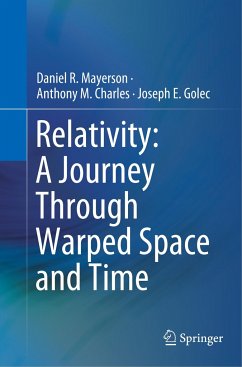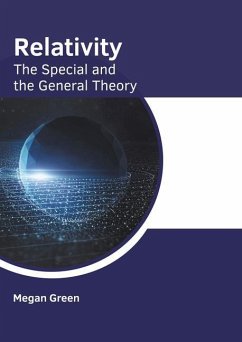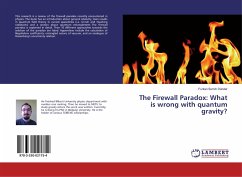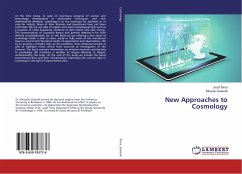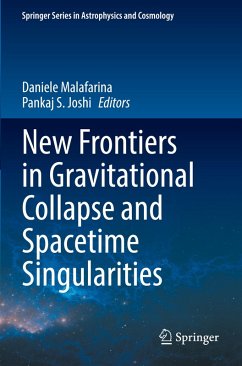
Gravity beyond General Relativity:
New Proposals and their Phenomenology
Versandkostenfrei!
Versandfertig in 6-10 Tagen
41,99 €
inkl. MwSt.

PAYBACK Punkte
21 °P sammeln!
General Relativity represents the pillar of our understanding of gravity and it is well tested in the Solar System. It is also able to explain the observed large-scale phenomenology as long as there is a Cosmological Constant and Cold Dark Matter. Nevertheless one needs to understand why the observed Cosmological Constant is so small if compared with the expected theoretical value, and of course to detect Dark Matter. Moreover, General Relativity shows theoretical problems in the ultraviolet regime because it is not renormalizable. Therefore, in the last decades a lot of theories and toy model...
General Relativity represents the pillar of our understanding of gravity and it is well tested in the Solar System. It is also able to explain the observed large-scale phenomenology as long as there is a Cosmological Constant and Cold Dark Matter. Nevertheless one needs to understand why the observed Cosmological Constant is so small if compared with the expected theoretical value, and of course to detect Dark Matter. Moreover, General Relativity shows theoretical problems in the ultraviolet regime because it is not renormalizable. Therefore, in the last decades a lot of theories and toy models have been proposed in order to solve some of the most intriguing open problems at the scales where gravity plays a fundamental role. An important constraint in this endeavor is Lovelock's theorem, which does single out General Relativity and does not leave much room for modifying it. My work has focused on two directions. On the latter I have considered Horava gravity, which breaks Lorentzinvariance. On the other I have explored the possibility to circumvent Lovelock's theorem by adding extra auxiliary fields, which are nondynamical extra fields.





